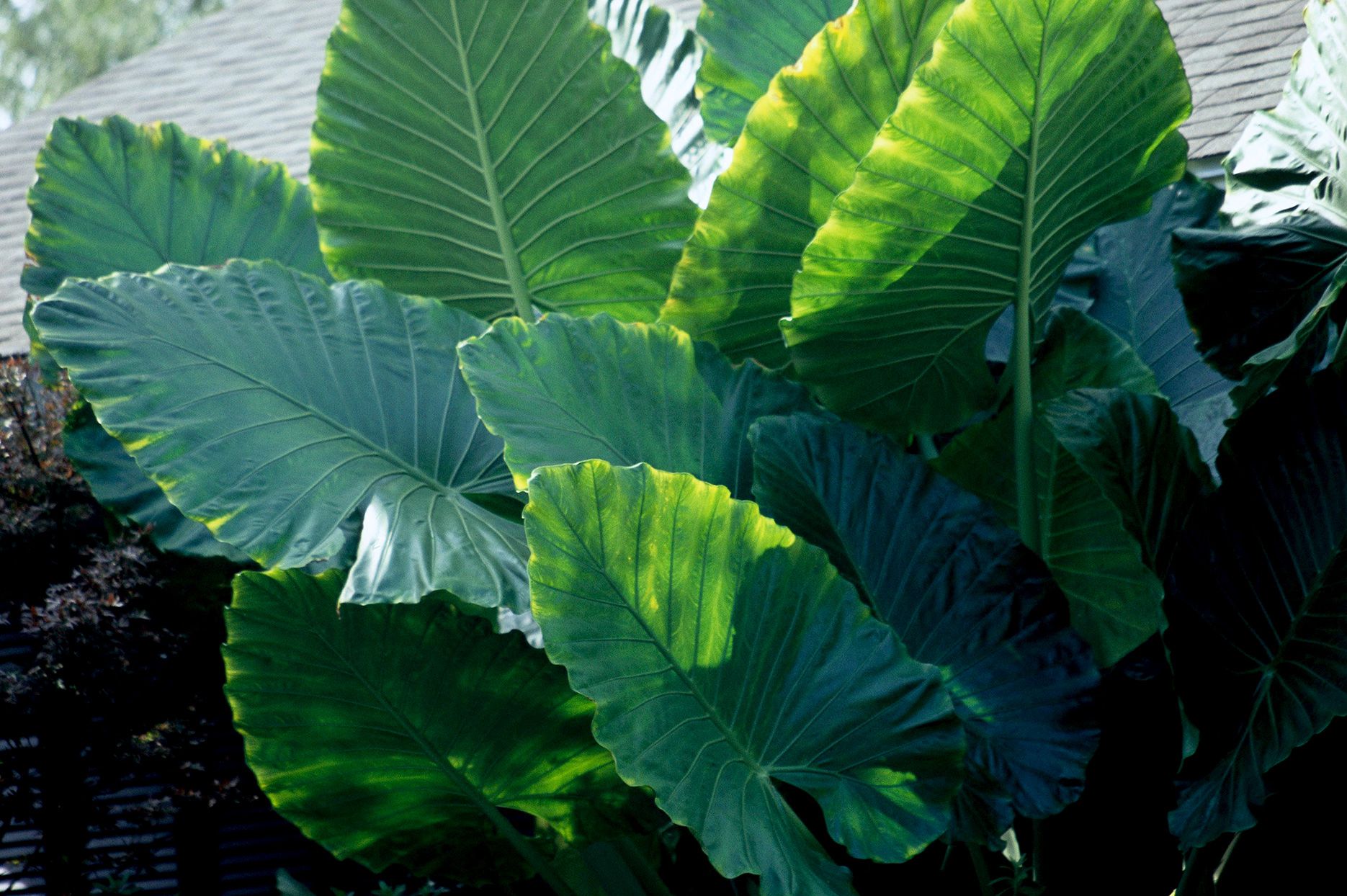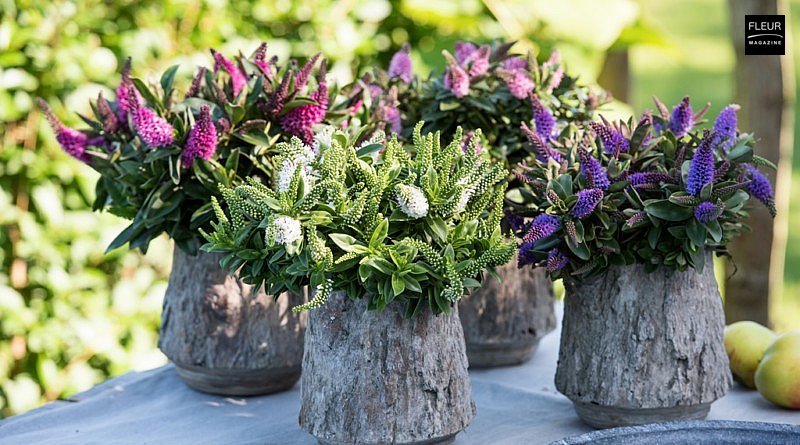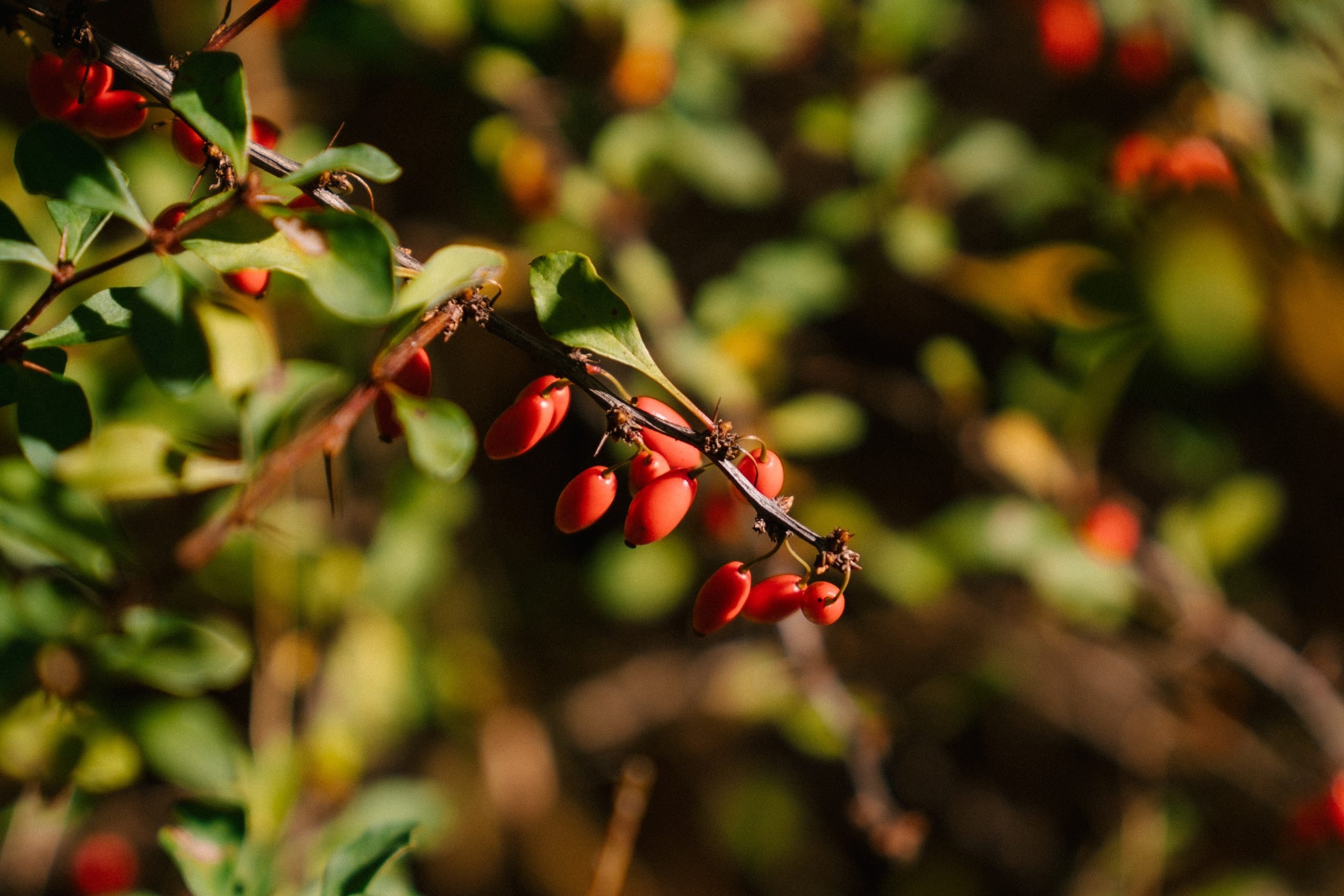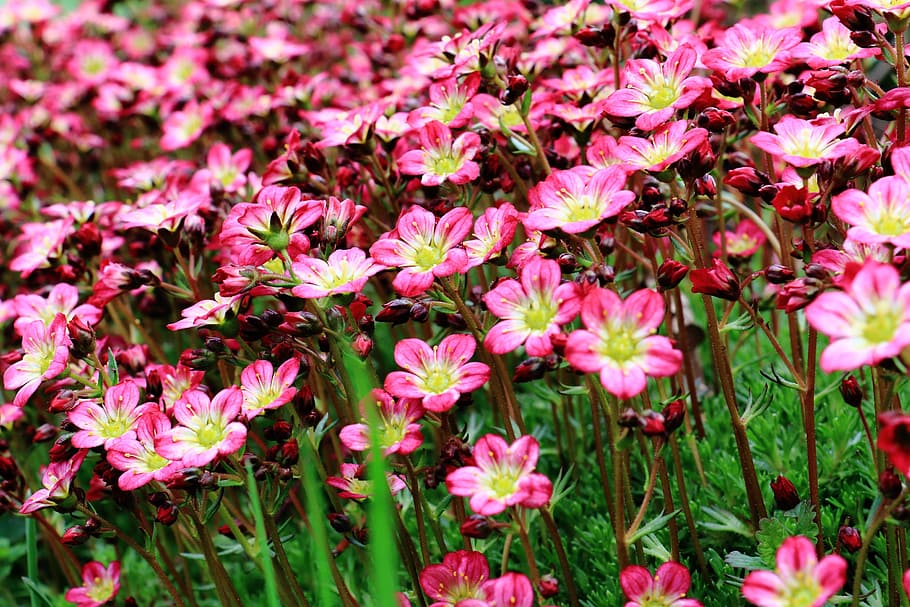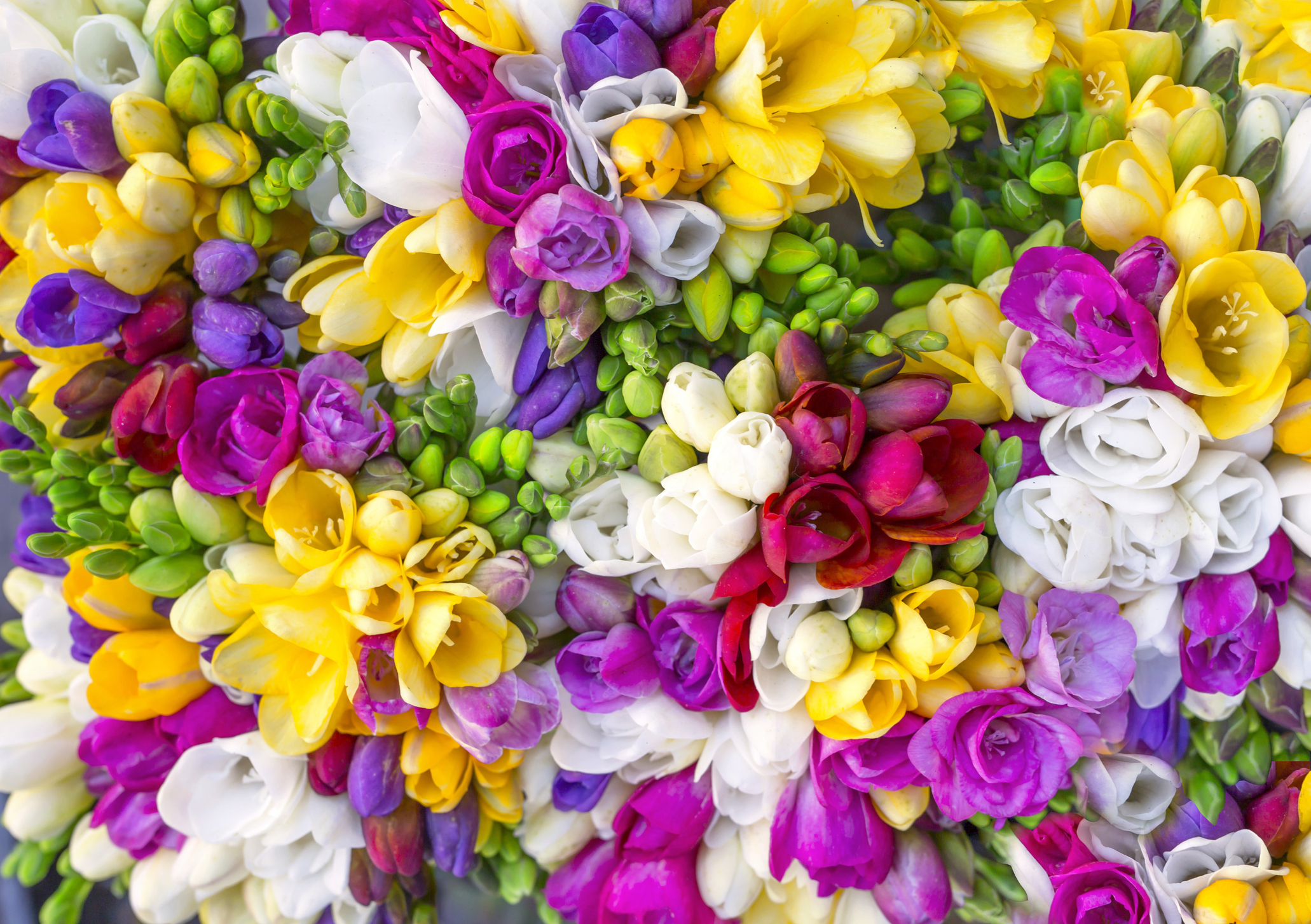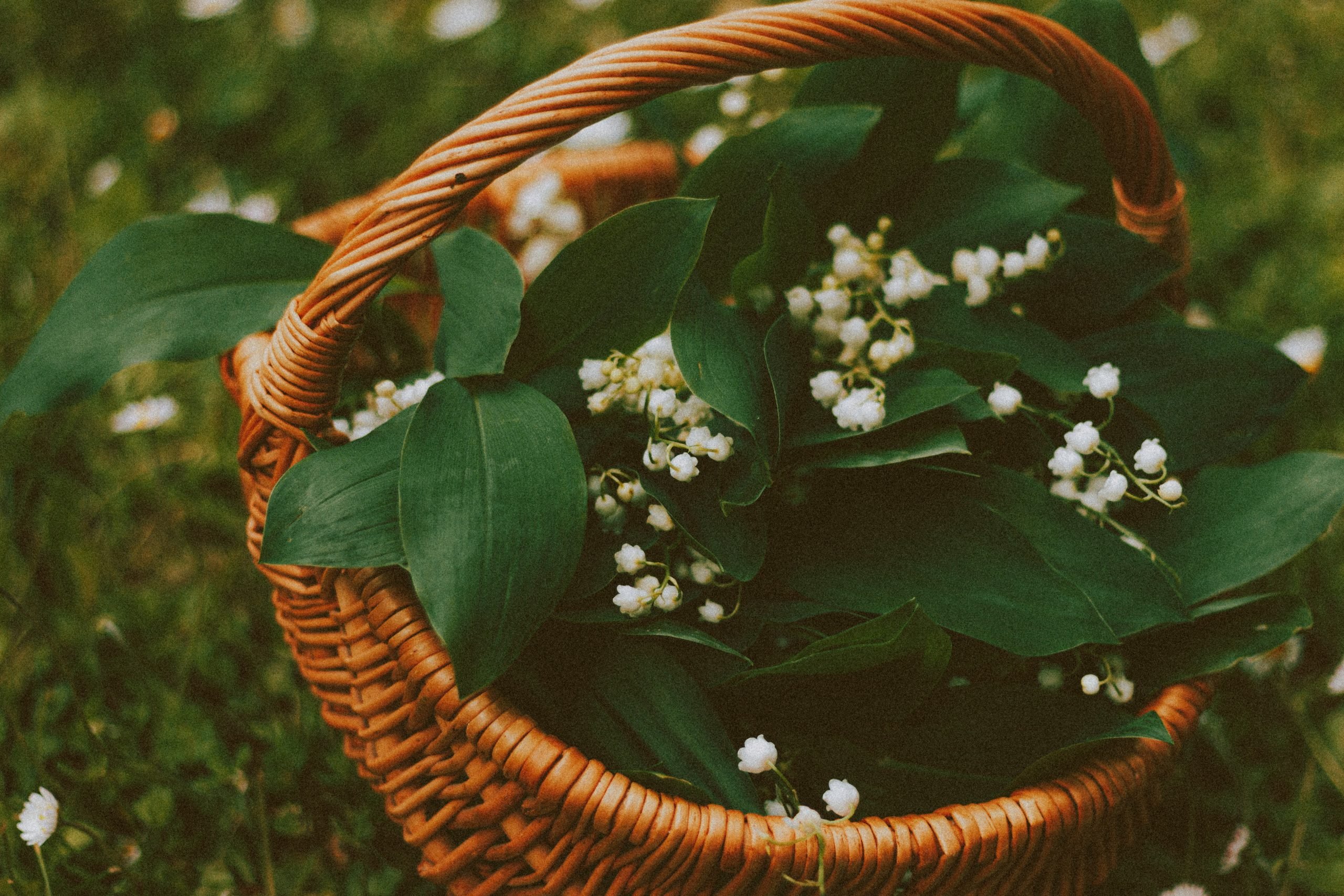A Guide to Growing and Caring for Penstemon Flowers
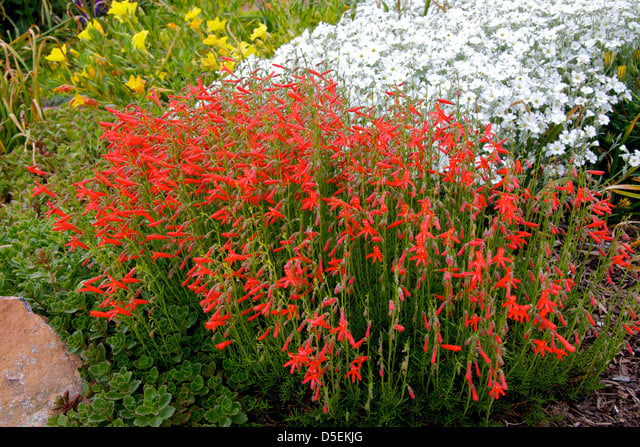
Table of Contents
If there is one plant that can give diversity to your garden, it’s Penstemon. With a variety of colours to choose from and several hundred species, Penstemon is an excellent and unique addition to your garden. These can grow in intense conditions and reach a height of 5 feet. With a variety of species, each has its height creating a diversified garden.
In addition, to variety, you can grow dividing Penstemon, which can bloom in any growing season, be it spring, fall, or summer. Its nickname, “beardtongue,” comes from the pollen-free stamen of the flower, which resembles a bearded iris.
Whether an experienced gardener or a beginner, Penstemon is an easy-to-grow plant that can add colour, texture, and interest to your outdoor space.
What is a Penstemon?
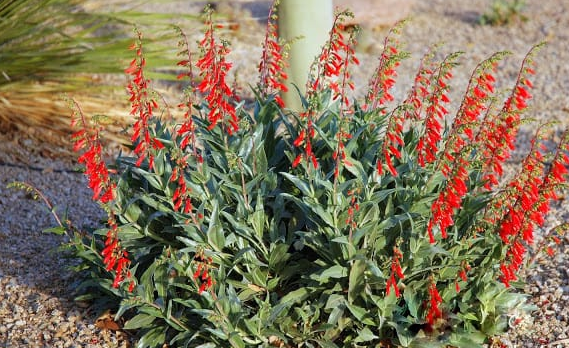
Penstemon is a genus of flowering plants that are native to North America. The Penstemon plants are very well known for their vibrant, tubular-shaped flowers that bloom in shades of blue, orange, pink, purple, red, white, and yellow. The flowers are typically arranged in clusters on tall, slender stems, attracting hummingbirds, bees, and other pollinators.
Penstemon plants are perennial herbs that grow well in a variety of soil types and environments, from dry, rocky areas to moist meadows and woodlands. They are often found in the western United States, particularly in the Rocky Mountains and Great Basin regions.
With over 250 species, some really common types of Penstemon plants are Common Penstemon, Foxglove Penstemon, Foothill Penstemon, Firecracker Penstemon, Pink Snapdragon, Pineleaf Penstemon, Mexicali Hybrids, and Rocky Mountain Penstemon.
Overall, Penstemon plants are a beautiful and versatile addition to any garden or landscape, providing aesthetic and ecological benefits. With so much variety in colours and heights, Penstemon plants make gardens beautiful and eye-pleasing.
Let’s first discuss how to grow and care for Penstemon and know some important facts and information related to Penstemon –
| Name | Penstemon |
| Nickname / Common name | Beardtongue |
| Plant type | Perennial |
| USDA Zones | 3, 4, 5, 6, 7, 8, 9 |
| Height | 6 to 72 inches |
| Width | 8 to 36 inches |
| Colour | Blue, Orange, Pink, Purple, Red, White, Yellow |
| Foliage Color | Blue/Green, Gray/Silver |
| Season | Fall Bloom, Spring Bloom, Summer |
| Special features | Attracts Birds, Cut Flowers, Good for Containers |
| Propagation | Division, Seed, Stem Cuttings |
| Problem Solvers | Drought and heat Tolerant, Erosion Control, Deer and Rabbit resistant |
| Length of bloom | 3 – 4 weeks or longer |
Now that we know what penstemon plants are and their basic facts, let’s know how to grow them. While they are fairly simple to grow, there are multiple things that you need to be aware of before you start growing them.
Where to Grow the Penstemon?
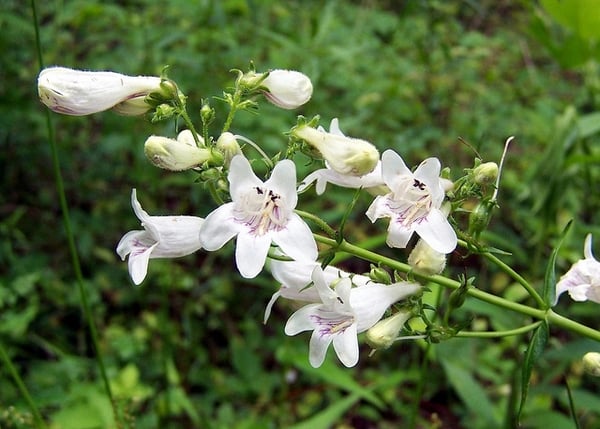
Now the important step is to understand where Penstemon can grow or which regions are suitable for it, and where it should be planted. There are multiple species of Penstemon available, and the selected and suitable regions for it to be planted are USDA zones 3 – 9. USDA Zones are regions that are categorized as an area where specific types of plant species can grow. Varieties like Alpine are native species of North America and are capable of withstanding cold and can grow on cracked rocks, while others can grow in disturbed soils.
Penstemon cannot withstand clayey soil. Therefore, the best place to grow these plants is in infertile, well-draining, or gravel soil.
Planting and Growing the Penstemon
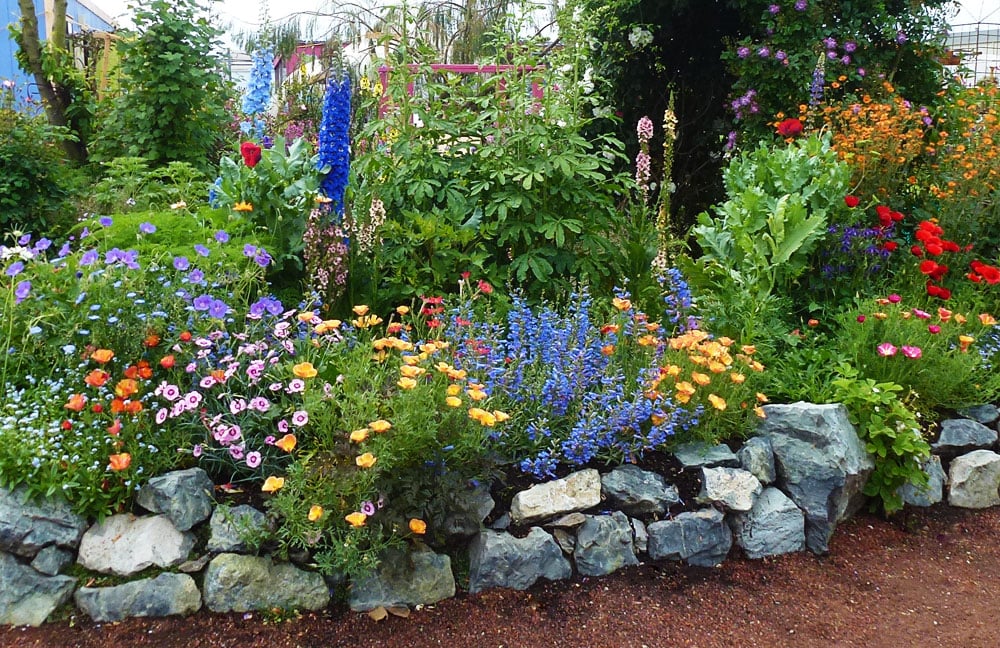
Since we know the zones and the conditions that Penstemon requires to be grown in, let’s plant it.
Scatter penstemon seeds outside during the fall or winter season. Make sure you choose a place where the soil is well draining and not rich, and the soil receives proper sunlight during its growing period. Once planted, cover it with only or less than 1/4 inch of soil. Now remember one thing, plants that are grown from seeds may not bloom in their first season. The seeds grow through the process of stratification before germination, where they require a period of cold weather.
There is another way to grow the Penstemon, and it’s, in fact, a quicker way. You can buy nursery plants, and during the spring period, you can plant them in the garden to a depth that is quite close to the top. Make sure there is a 12-inch space between the plants and that the top of the root is above the soil line.
Taking Care of Penstemon
Planting at the proper place and planting it correctly is only the first step toward growing the plant. Plants grow with love and care. They require proper care and attention, which helps them grow better. While the care varies from species to species, some plants require more care, while some don’t require much care. Penstemon is among the latter. Planting it at the right place where it receives full sunlight is one of the most important things while taking care of Penstemon. But that’s not all.
Light
Penstemon plants require full sunlight and thus make sure that you plant it at a place where it can receive proper sunlight. Penstemon grows the best when it receives full sunlight. As a result, it ensures that the plants bloom at their best quality. It also provides that the plant won’t flop, and it reduces the risk of the plant developing powdery mildews on its leaves.
Soil
When it comes to soil, you must be certain that you are planting the Penstemon at the soil condition required. Penstemon requires certain soil conditions. The soil must be well-drained as the Penstemon cannot handle wet soil, especially during winter. Planting them in sloped or raised areas can help them survive the wet conditions. Some penstemons types, like a prairie, require standard garden soil, while the alpine varieties require soil that is excellent in drainage. But what’s common among all the penstemons is that they tend to perform well in nutrient-poor soil.
Water
One of the special features of Penstemon is that it is drought tolerant. In simpler words, it means it doesn’t require much water as compared to other plants. Now, the amount of water that your Penstemon requires depends upon the variety and soil you have planted it in. It depends upon the water-holding capacity of your soil. Now if your penstemon variety is native to your place, it rarely requires water. One inch of water per week should be enough for the plant during the summer as it helps them grow and bloom better.
Temperature and Humidity
Penstemons are suitable to be grown in the USDA zones between 3 – 9. But some varieties can only be grown in zones 4 and 5. While penstemons are cold hardy plants, 24 Degrees Fahrenheit is a suitable temperature. It can tolerate up to the 90s during the summer season. The humidity conditions vary from variety to variety, but it can thrive in multiple humidity ranges.
Fertiliser
Too much of anything can always have a bad outcome. This applies to Penstemon as well. More fertilizer could promote too much growth, which would shorten the lifespan of the plant. Therefore use organic fertilizer, and that too only once a year and mostly during the fall.
Pruning
Penstemon doesn’t require pruning, but to ensure that the plant can bloom more, it’s advisable. First, cut the foliage to about 2 inches above the soil line during late fall or early winter. Then, when there is a growing season, if you don’t want the plant to self-seed with the copious amount of seed it produces, remove the stalks that have flowered at the soil line.
Propagating Penstemon
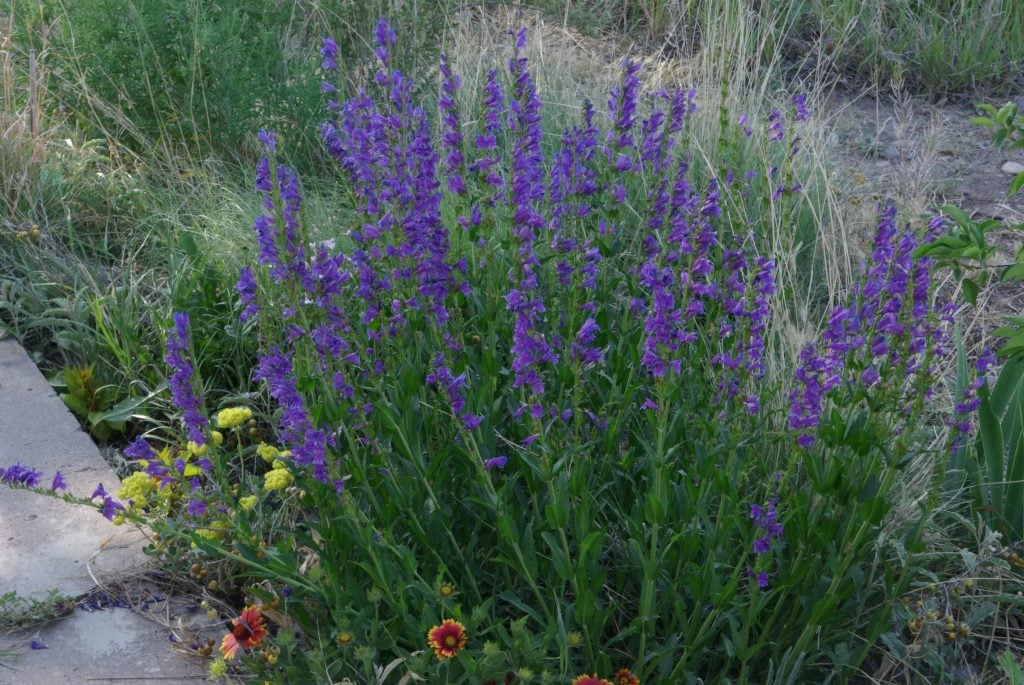
The majority of the variety of Penstemon are short-lived, and thus the easiest and quickest way to propagate is by growing them from seed. But there are other ways as well to propagate Penstemon. For example, Penstemon can be propagated in division, stem cutting, and seed.
Propagating Using Division: If you want to propagate by dividing Penstemon, then you need to first dig out the most matured Penstemon during the spring period and then take out its root system. Ensure that each division has some part of the root in it. You can plant the divisions back in the garden and water them.
Propagating Using Stem Cutting: If you want to apply this method, choose a healthy penstemon plant and remove a 5-inch section from the tip just below a leaf node. Once done, remove the leaves from the lower half of the cutting. Dip the lower part of the cutting in rooting hormone and insert it in the pot, which contains sand and perlite. Cover it with a plastic bag with holes poked and keep it in a warm environment. Lift the bag once a day and spray if the planting media is dry. Lift the bag carefully after three or four weeks to determine if the roots have formed. It should be at least 1/2 inch. If it’s done, put in a more potting mixture; if not, put it in a pot and check it again after a few weeks.
Propagating Using Grow from Seed: If you don’t have hybrid Penstemon, you can gather seed from a mature plant six weeks after it flowers. In a bag, place a flower stalk several inches beneath a seed head to dry for at least a week. Pinch the seed head after it has dried to release the seeds. Plant them outside in the autumn.
Protecting from Pests
Penstemon doesn’t attract many insects or pest problems but looks out for slugs, snails, and spider mites. These can bother the penstemon plants. Spider mites can be controlled with a strong spray of water or neem oil.
Another major threat to the plant can be root rot in poorly draining soils. Look out for leaf spots, rust, and powdery mildew. With proper sunlight, penstemon plants can remain disease free. Provide good air circulation and ensure you don’t pour water on the plant from the top.
Now, while there are no major threats, a microscopic nematode called an eelworm can grow in the soil around the plant’s roots. In this situation, nothing can be done for the plant, so your only way out would be to destroy the plant and plant another one but ensure the soil is no longer infected.
Conclusion
Penstemon is a plant species with a lot of varieties in it. With a rainbow of colours to choose from, it can make your garden diversified and colourful and add uniqueness, making it look more beautiful. But ensure that it also requires certain conditions to be grown in, especially the soil. As long as the soil is well-drained, not rich, has no wet soil and gets full sunlight, it’s an excellent place to grow Penstemon.
The better the condition, the better the blooming of the penstemon plant.

